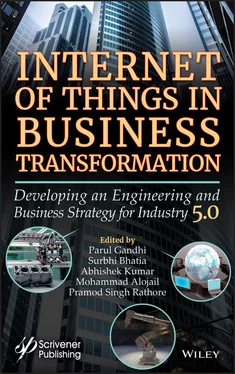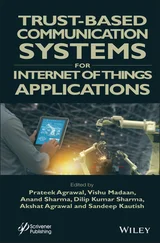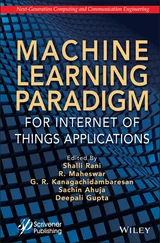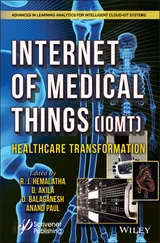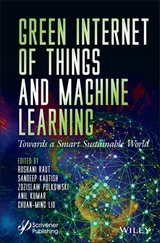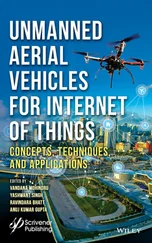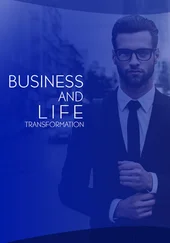Excessive use of soft-wares and recent technologies which includes various devices is generating a variety of data. Various Apps like WhatsApp, Signal and Facebook Messenger are also generating the variety of semi-structured/unstructured data. Youtube is also one of the examples of having huge amount of data, IoT devices and sensors are generating the variety of data as well. Our data is becoming huge and more precious day by day. But the ability to analyse those data is required which can help in businesses transformation for adapting the changes. To analyze the different varieties of data very fast and accurate there is a need of expertise who can analyze the data with the help of various tools available in the market. As a result of analysis, better decisions can be made for business transformation. It is convenient for the companies to make long-term decisions when data is accurate and that has been analysed and sorted.
Social media are commonly used in usual operations of many companies including every level of organization. It is changing the ways of communication and collaboration. Social media has changed the way of business ranging from marketing and operations to finance. Social media is used to improve relationship among employees and sharing the culture. In terms of business, it gives an opportunity to get your business popular among the people. No other technology provides the method to connect customers, employees, and others. Social networking sites and apps like Facebook, Twitter, Instagram are used for communication, sharing thoughts, photos, videos and many more. Hence they are having the huge number of users at present. All the market leaders are having their Twitter and Facebook accounts now days. Social media has the support of machine learning and AI concepts also, which is used for marketing purpose on the basis of users buying trends and gender. Social media has become the most essential ways for companies and business leaders to communicate with and getting reviews from people. As the number of users of smartphones is increasing day by day, the number of users on social media sites is also increasing simultaneously and it is predicted that it will bring billions of more users in the coming decade.
4.4 How to Get “Digital Transformation” in a Right Way for Any Business
A lot of executives have the idea about the threat from initial start-up competitors who are adapting digitalization, but how the existing companies can move fast, without any violation?
Approximately three-quarters of business leaders is alert about their organization which is prone to disruption, but a lot of leaders are not showing their interest to take the initiative of taking risk to transform. As per the analysis done on 500 executives belonging from UK and Ireland, fifty percent (50%) of the enterprises take the start-ups as a serious threat and approximately one-tenth of the enterprises do not gets agreed that they have any market competitor. Originally, seven percent (7%) of the executives said that the enterprises are not worried about the threat of digital disturbance. One of the experts, Kevin Hanley, who is the head of innovation at Royal Bank of Scotland, shares his three best practices for converting digital distraction into an advantage for the current competitive environment.
4.4.1 Look Beyond the Traditional Enterprise Firewall
Kevin Hanley is responsible for various types of activities at RBS, such as exploring innovative ideas worldwide, managing exploratory labs and applying the control process which supports to take creative ideas from theoretical to practical. He talked to some smart people globally and met around 1,500 companies in a year dealing with technologies ranging from larger organizations to smaller starts-up. He believes about the world, especially in finance, is getting changed exceptionally. The technology is getting changed so fast and it is becoming cheaper and ubiquitous which is representing a significant shift of the organization dealing with finance. The business operations related to traditional banking system has been broken into smaller one and most of them are being provided by the industries. Companies dealing with finance which are successful must identify and hold such change. To achieve success in the current scenario of disruption, large banks should merge their long-lasting skills with the knowledge of new entrants. Business executives are emphasizing to innovate, hence, should look ahead of the legacy enterprise firewall. Yet, Hanley warned the leaders and other executives about the change in cultural element are more complicated as compared to the technical transformation. Finance is turning to be more competitive and businesses should be more open. The success of the executive will be determined by the ability to work with others. There are various opportunities available for each type of organizations whether it is big or small but with the right skills. The organization must be able to adopt the changes technically and culturally [14].
4.4.2 Bring New Ideas From the Edge to the Core
As per the Kevin Hanley, those companies which are looking for transformation should make progress in two directions in parallel: (1) present and (2) the future. In first direction, organizations should emphasize on their existing traditional set-up, they must simplify the systems and build the technology efficient. Fix the complexity which you already have so that core can be improved. In the Second direction, executives must consider about their required aims and work backward from that state. Hanley advised that challenge yourself to think about the world just after ten years in advance and the activities you should do today to hold the opportunities which are getting emerged. He warned the executives not to make choices between these two directions i.e. present and future. Executives can simply emphasize on one or other but they must deal with both. If they emphasize on present, risk may increase; if they emphasize on innovation and creativity, basic operational concerns may fall down. RBS has established separate policies and control processes for the innovation which lets Hanley and his team members to experiment separately [14].
4.4.3 Define the Role of the CIO in the Innovation Process
We must have the answer of this question: who must lead the process of innovation? While 49% of senior executives thinks that CIOs (Chief Information Officer) must be accountable for driving innovation in technology, as per the Dell EMC research, more than half (54%) of the executives feels that their IT leaders should make so many controls which restrict the potential for creativity. RBS considers innovation as an activity which covers all business units. Hanley considers that other businesses must adopt a similar stand and stay away from placing power for digital distraction in the hands of the IT department. As per Hanley—if innovation and creativity is especially the responsibility of the CIO, technology just becomes a hammer looking for a nail. If you are trying and changing your organization within normal business cycles, creativity of executive will be squashed. At RBS, Hanley is running short, sprint activity and there is a separate fund for it. They are presently exploring 40 innovation initiatives. Hanley runs monthly forums with chief executives at partner start-up organizations. These forums include the members of the RBS executive board [14].
4.5 Relevance of IoT in Digital Transformation
As a recent technology Internet of Things (IoT) is getting popularity and companies are trying to adapt it for their businesses. Hence, companies are required to have a plan to implement IoT in their business and to protect their data also. In the next coming five years, there is a prediction about the number of IoT devices and will reach around 50 billion. It means that you are putting the sensors on everything. It may be any devices, things, tractors or it may be anything you can think of.
Читать дальше
